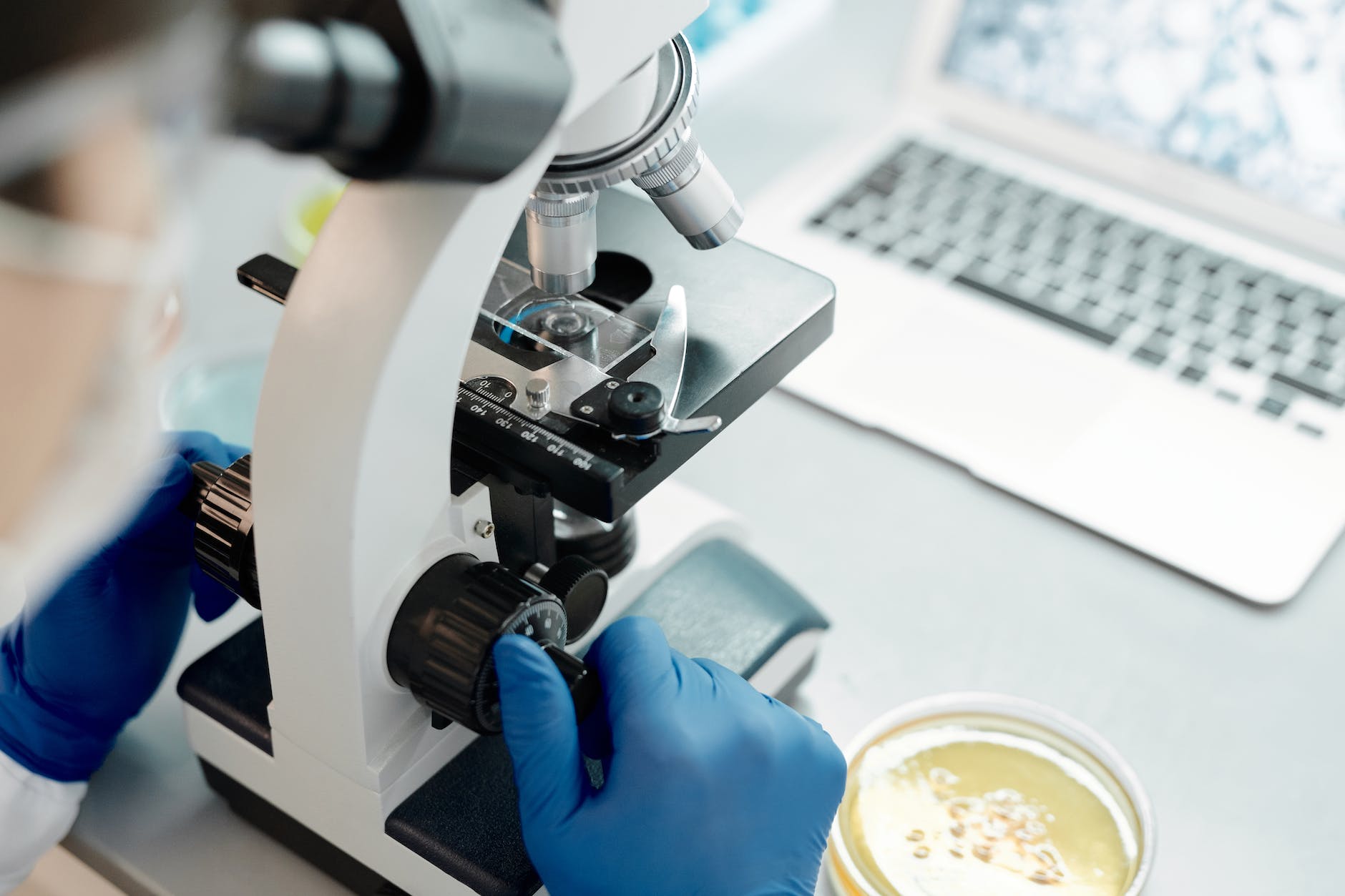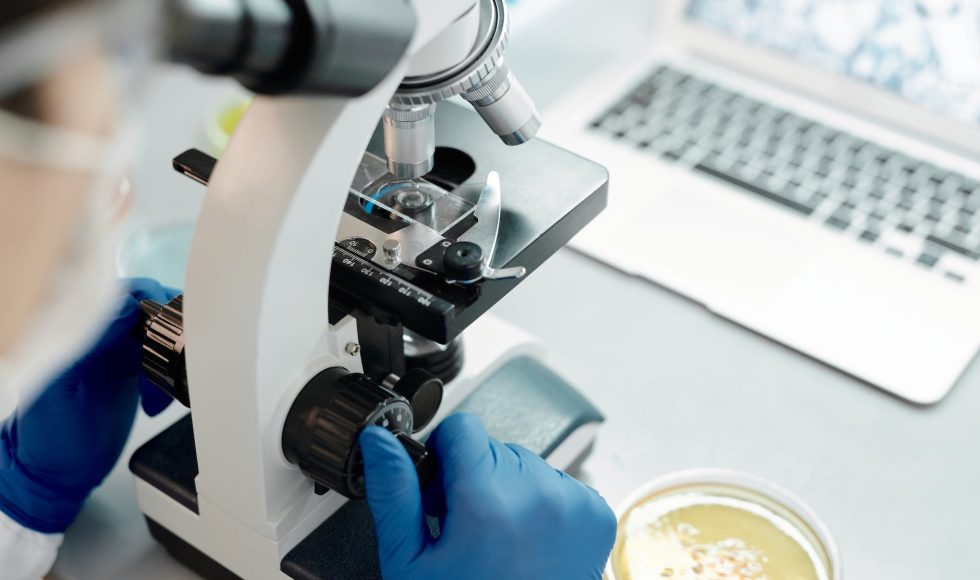The London Calling Metagenomics and isolate genome sequencing product demo was a fourteen-minute recording I watched tonight. The session was hosted by Rachel Rubinstein, a Technical Product Manager, Software, for Oxford Nanopore Technologies (ONT). Rubinstein spoke about using ONT for bacterial and viral genome sequencing. The goal of the session was to share applications using ONT for learning about microbes in unknown samples and deciphering the genomes of bacteria and viruses. Rubinstein spoke about how global travel has emphasized the possibilities of spread of infectious diseases and the need to rapidly detect antimicrobial resistance genes. Rubinstein explained how ONT kits and sequencing approaches were used to sequence SARS CoV2. The session focused on the MinION and the new Mk1D with an iPad Pro and flow cell device. Rubinstein shared that they will release an “end-to-end” isolate prep and sequencing workflow for this and other devices. ONT aims to use this approach for wastewater surveillance. To uncover potential pathogens, there is now an automated de novo assembly of bacterial genomes with EPI2ME. The report is interactive and includes annotation. Rubinstein shared that this will work with a new rapid barcoding kit v14. Rubinstein noted that the workflow can be used for resolving genomes and plasmids. The metagenomics workflow works with amplicons and whole genome shotgun samples. Natalie Ring is a postdoctoral scholar at the Roslin Institute in the UK. In 2016, Ring used ONT to sequence Bordetella pertussis genomes, doing twelve isolates per run. Now, Ring works on samples with complex microbial communities with the goal of predicting antimicrobial resistance genes. Instead of growing the bacteria, which is time consuming, the use of ONT offers microbial detection in hours. Ring noted that she has reused flow cells ten or eleven times. After ten washes, she still had 300 pores to use for 100 Mb target regions to sequence. I need to learn how to wash flow cells and reuse! Ring worked on skin and swabs from dogs. One question Ring was asked was if she liked Gram positives or Gram negatives better. Her response was unique and wonderful: Gram negative organisms are easier to lyse, Ring explained, but Gram positive often are easier to classify with Kraken. Several questions were about the extraction methods used: Ring uses a cocktail of enzymes to lyse bacteria and obtain longer DNA fragments. I was reading about the EPI2ME Labs workflows that are available. I think these will be very helpful for the BIT 295 course!



